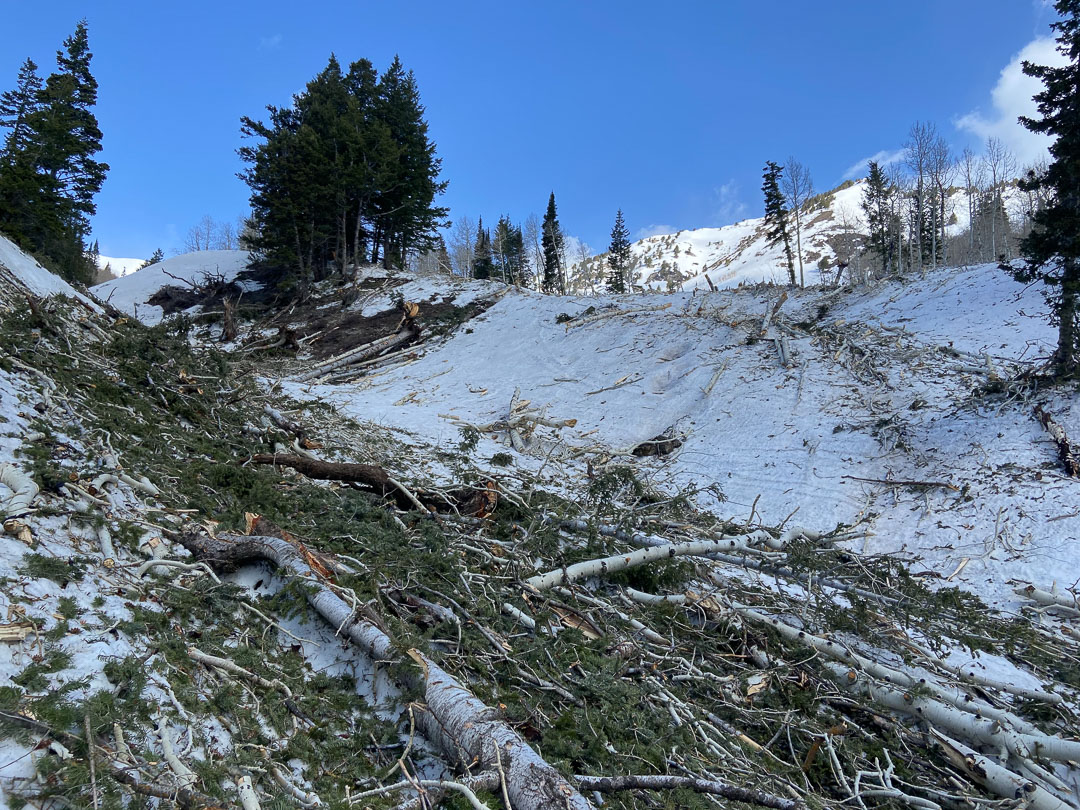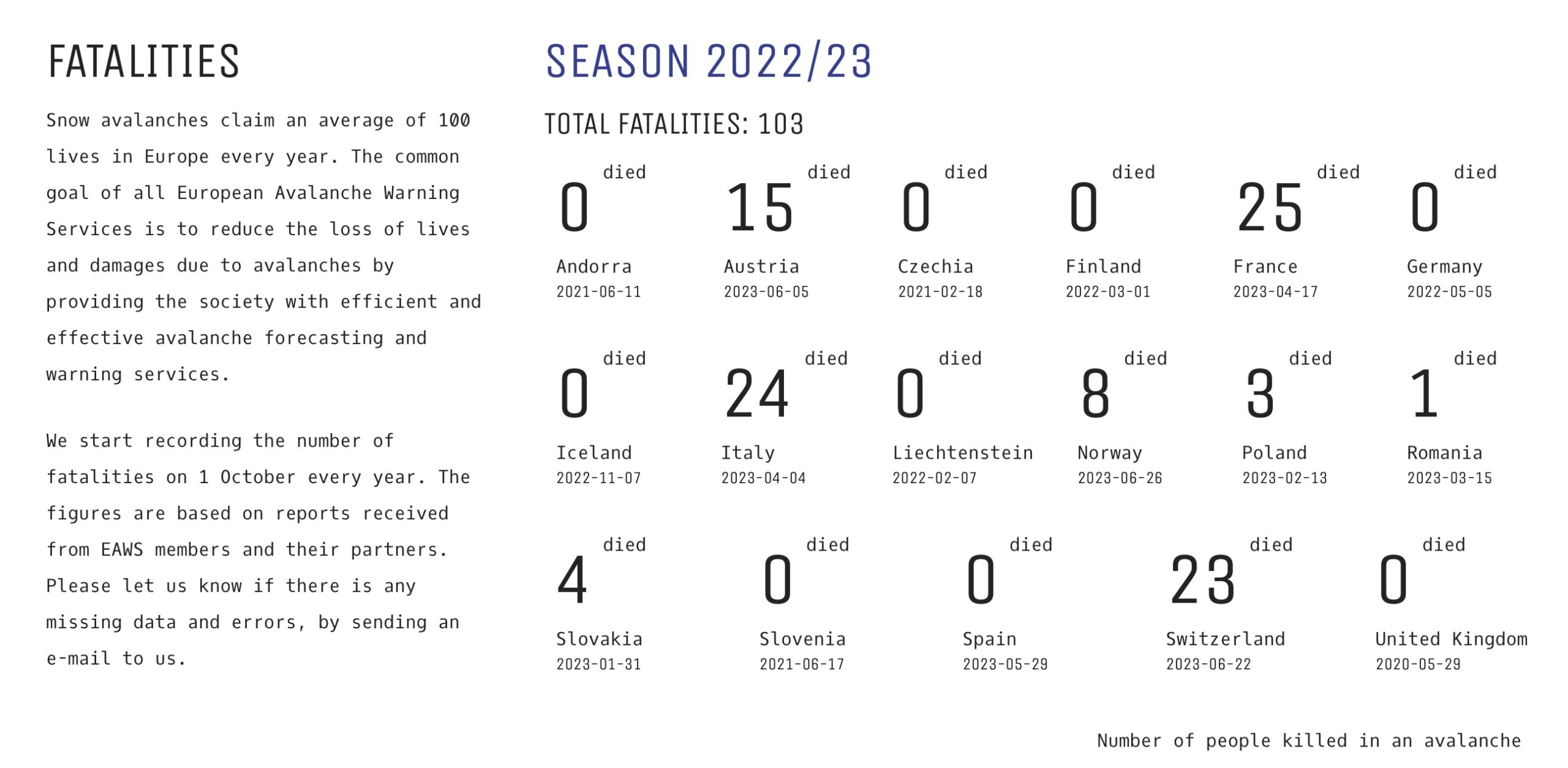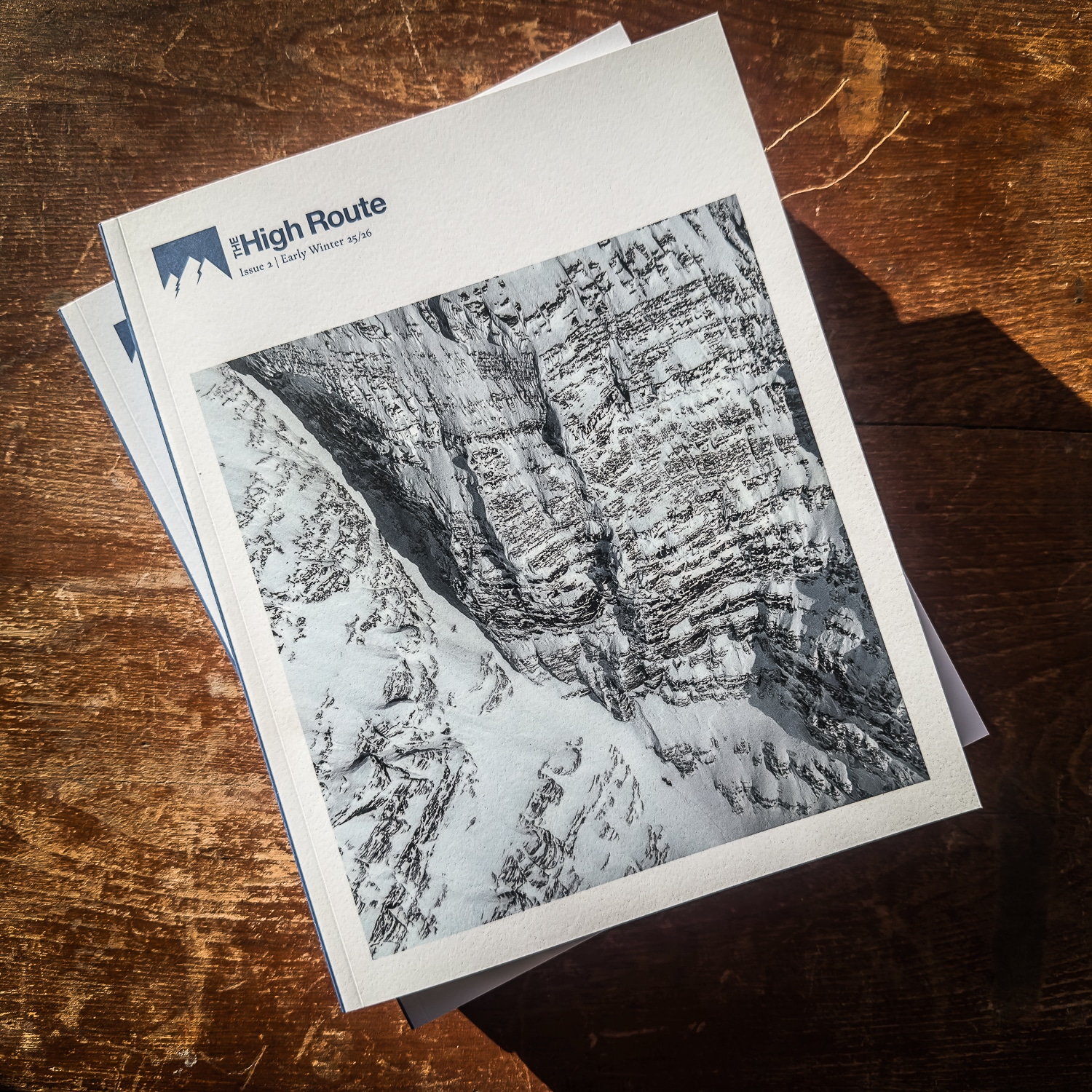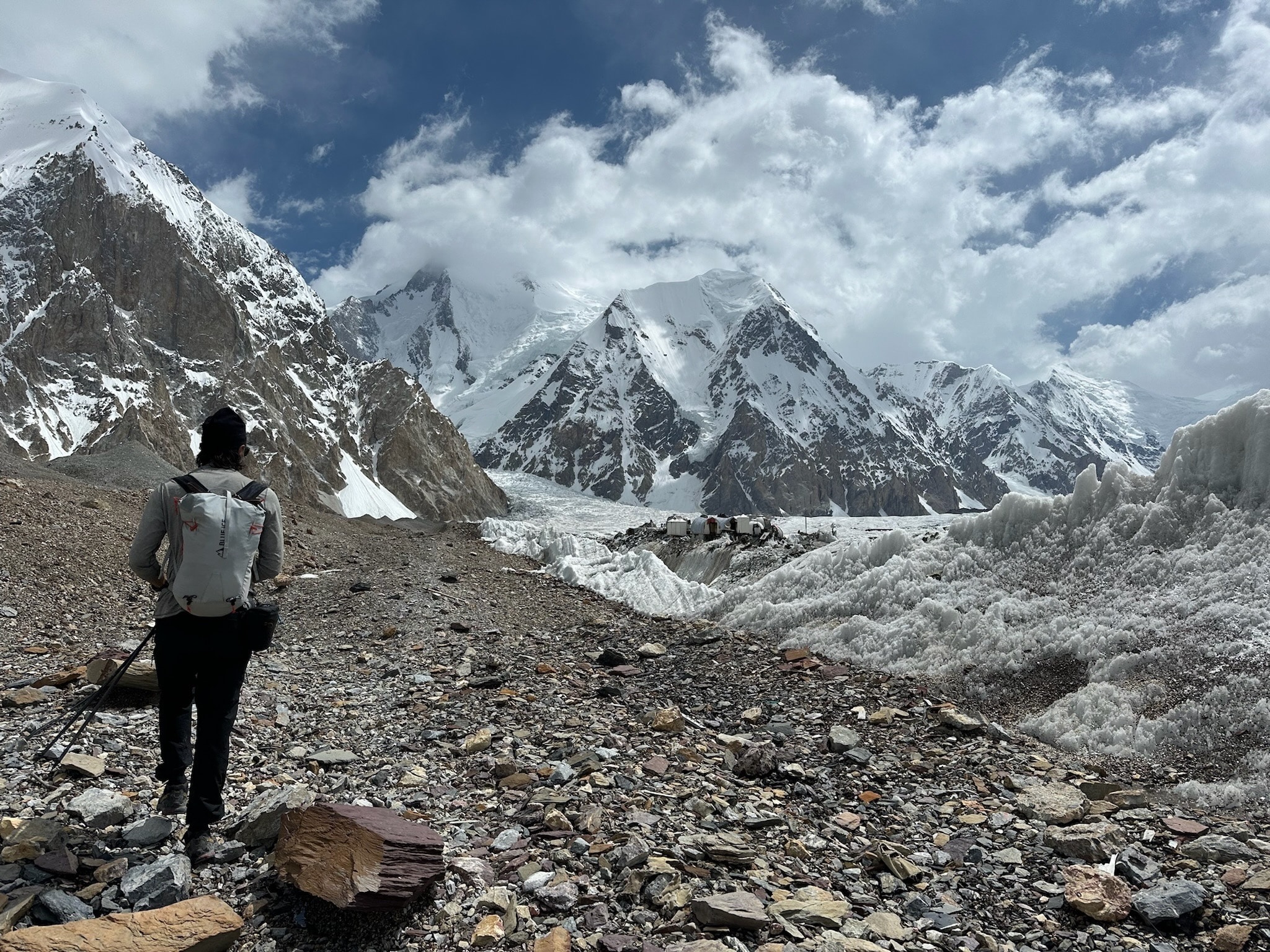Data in the case of avalanches dehumanizes. The lives lost, and the trauma endured is not captured in the emotionless numeracy. Often we reduce annual statistics to this many accidents and this many fatalities; while some were motorized users, most were silent sports participants at the time of their departure. These are the cold facts, the data.
In this avalanche data snapshot, there is much to glean and many voids. We often know little about personal and group decision-making frameworks without being there before and during an incident, experiencing it in real-time.
Reality gets messy in risky places like the mountains. Entering avalanche terrain involves uncertainties. And looking at data in hindsight can masquerade true insight. We might not find patterns or answers. Or not the patterns we expect or want to see: fewer fatalities overall, heads-up observations, and the ideal of egoless group dynamics.

U.S.
The Colorado Avalanche Information Center (CAIC) is a trove of good information. They are also kind enough to collect and make public relevant avalanche accident data.
According to the CAIC, 29 individuals died in avalanches this past season (2022-2023) in the U.S. Nine fatalities involved skiing, three snowboarders, eight snowmobilers, and eight snowshoers/climbers/hikers. For a quick comparison, there were 17 U.S. avalanche-related deaths in the 2021-2022 season: with five skiers and one snowboarder as part of the total. In contrast, the first COVID winter, 2020-2021, claimed 37 lives in the U.S.: 17 skiers, five snowboarders, nine snowmobilers, five snowshoers/climbers/hikers, and one categorized as other. “Over the last 10 winters, an average of 27 people died in avalanches each winter in the United States,” writes the CAIC.
In context, we see how this season compares. Writing this seems clinical and callous, but this season was average.






Leave a Reply
You must be logged in to post a comment.